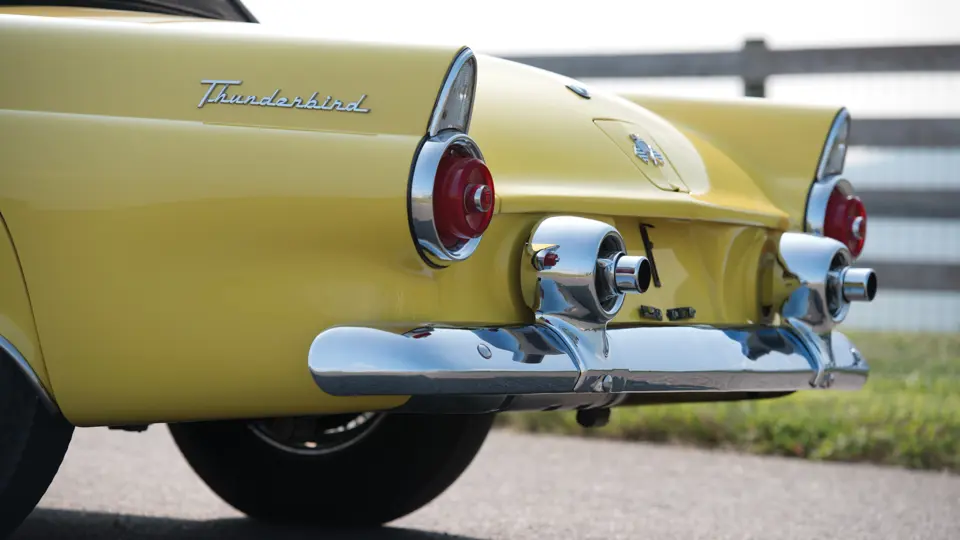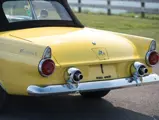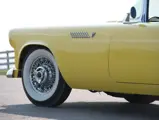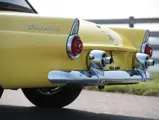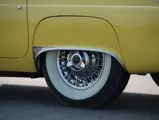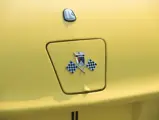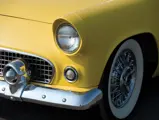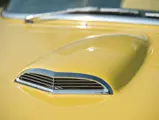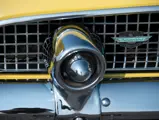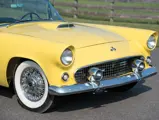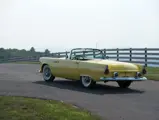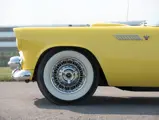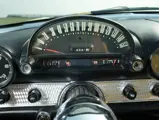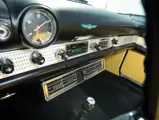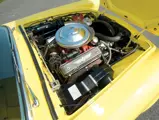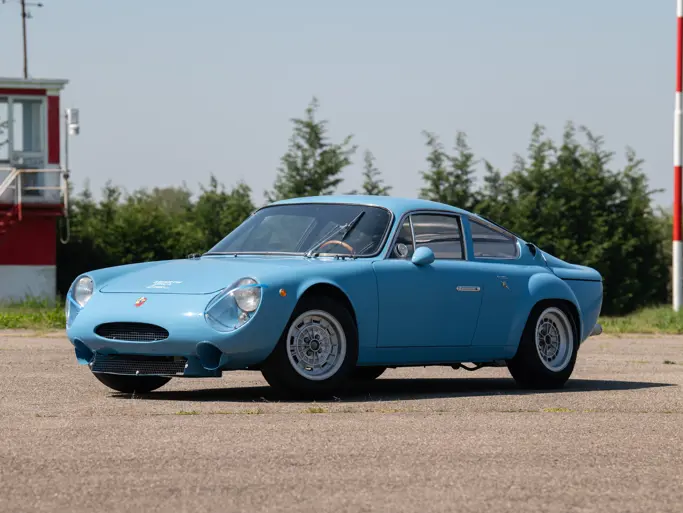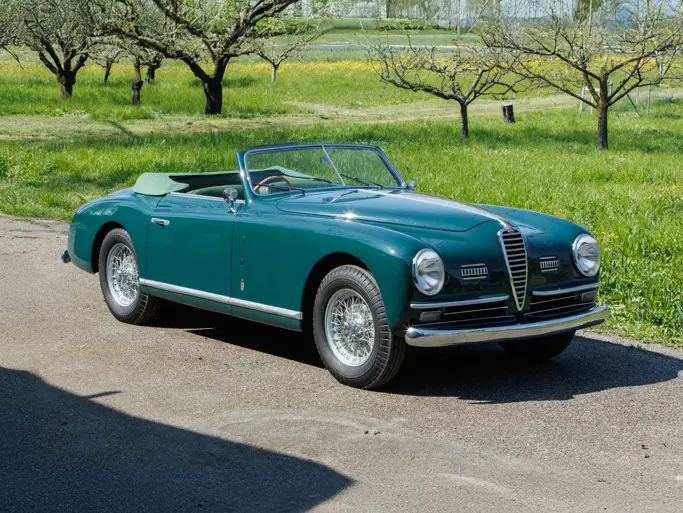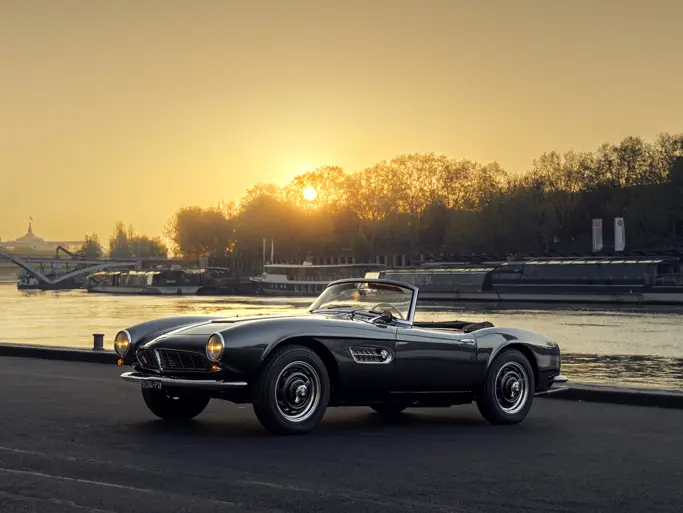198 bhp, 292 cu. in. OHV V-8 engine, three-speed Ford-O-Matic automatic transmission, independent front suspension, solid rear axle with semi-elliptic leaf springs, and four-wheel power-operated drum brakes. Wheelbase: 102 in.
In the early 1950s, a small team of designers at Ford Motor Company, headed by Franklin Q. Hershey, was given the green light to move forward with a bold new design. By the spring of 1952, the group became keenly aware that General Motors was designing a two-seat sports car of its own. The Chevrolet Corvette beat Ford to the punch when GM introduced it at the Waldorf Astoria’s Motorama in January 1953. It wasn’t until one year later, at the February 20, 1954, Detroit Auto Show, that Ford’s new entry was introduced. It was called the Thunderbird, and it was a “personal luxury car,” establishing a new market segment and spawning many competitors.
The first production car rolled off the line on September 9, 1954, and when enough cars were produced, Ford introduced the car to the public on October 22. Dealers reportedly received 4,000 deposits, prompting the company to revise its sales estimates upward. Standard features found on the car were power steering, brakes, and windows and a four-way seat, as well as an available radio, a heater, and the choice of a three-speed manual or Ford-O-Matic automatic transmission. With a gutsy 292-cubic inch V-8 under the hood, the power to effortlessly cruise the new interstates of America was instantly available.
As a result of its clean styling, creature comforts, and V-8 engine, the Thunderbird triumphed over the early Corvette’s novel fiberglass construction, anemic six-cylinder engine, and sports car austerity. The Thunderbird trounced the Corvette in its first year of production, with 16,155 total units to the Corvette’s 700.
The car offered here was built in Dearborn, and according to its original trim tag, it was originally finished in Goldenrod Yellow with a black and yellow vinyl interior. It has been restored in those striking and very rare colors and to a very high standard of fit and finish. The paint and chrome are both in fine condition with no imperfections, aside from light scratching on the windshield post. Both of the doors line up perfectly with the body lines, and all of the panels are straight down the sides. A look at the undercarriage shows that it has been restored to concours-quality, and the under-hood finish is clean, with the addition of a 12-volt electrical system and modern hoses and clamps to improve the car’s modern drivability.
Options throughout the car include a power seat, power windows, a Ford-O-Matic transmission, a newer AM/FM/cassette radio mounted in the dashboard, rear fender skirts, Kelsey-Hayes wire wheels shod in wide whitewall bias-ply tires, and aftermarket air conditioning.
This car, presented in its original livery, which is perhaps the best color combination to find on a 1955 Thunderbird, is perfect to drive and enjoy in sunny style.

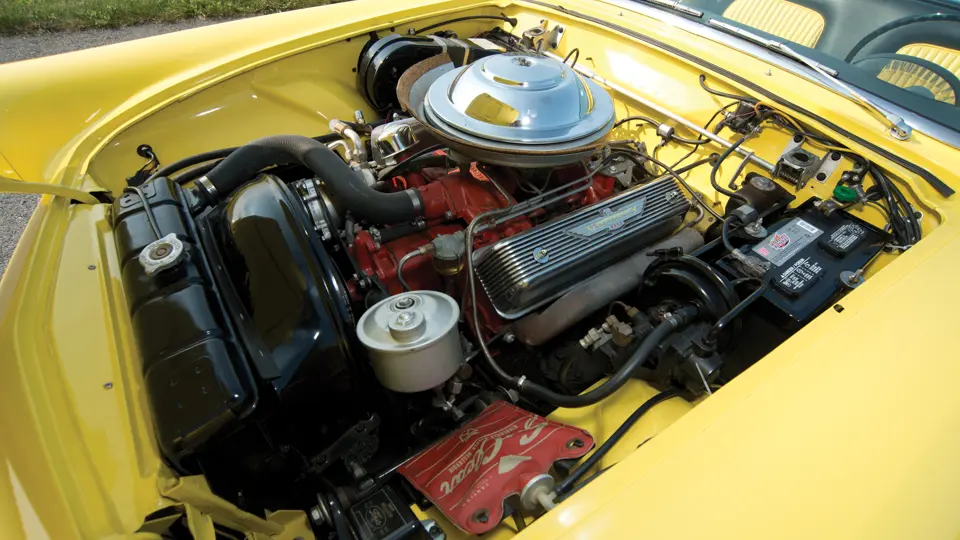
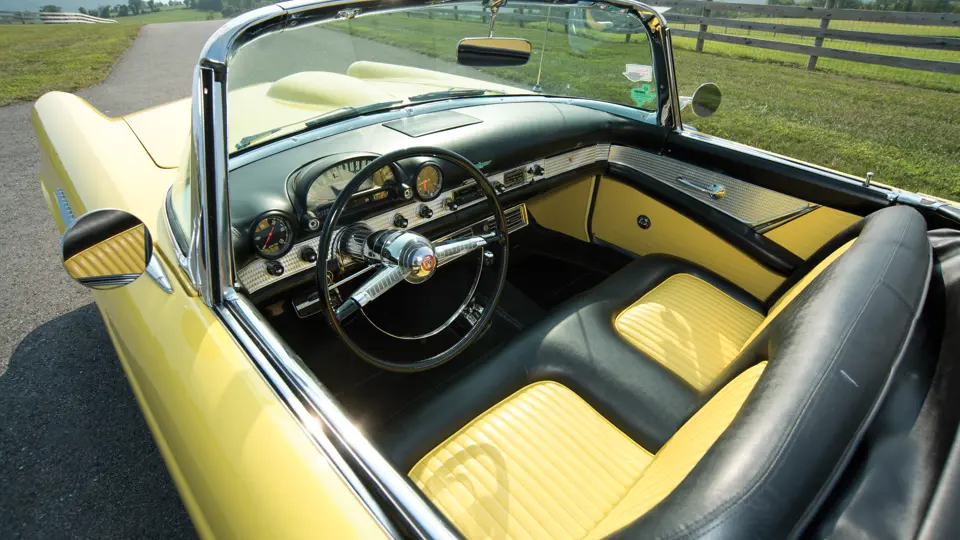

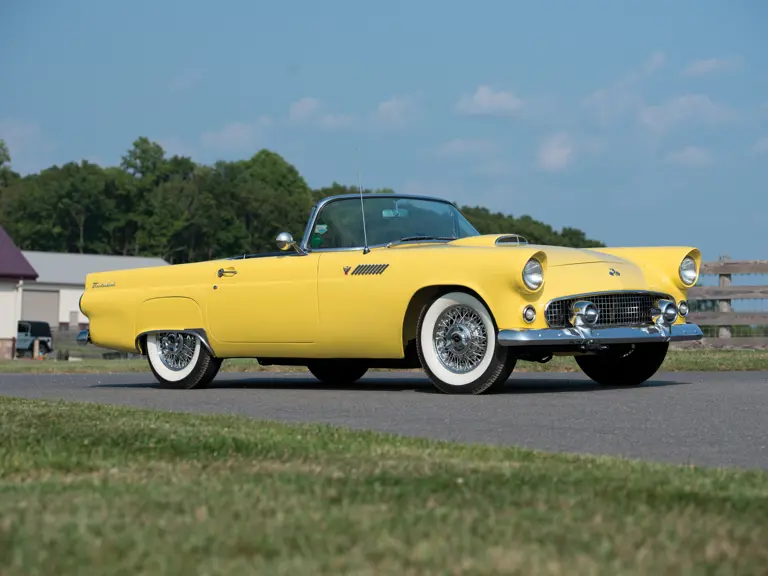
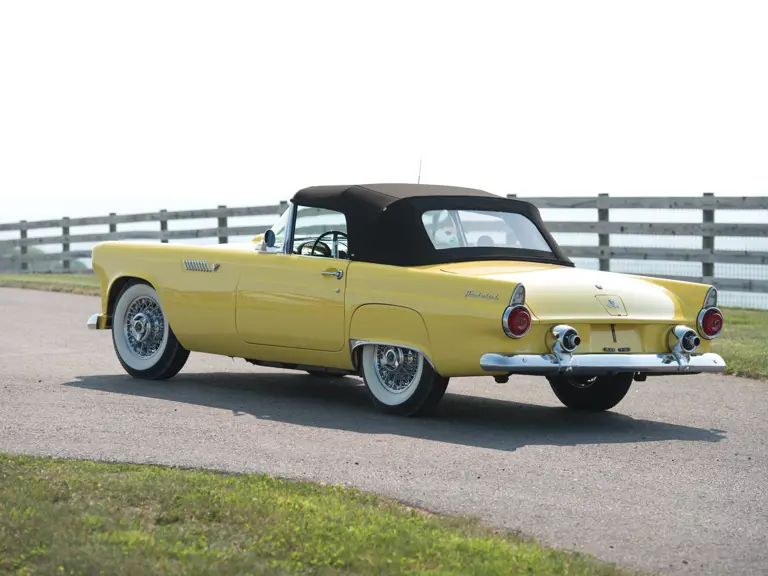
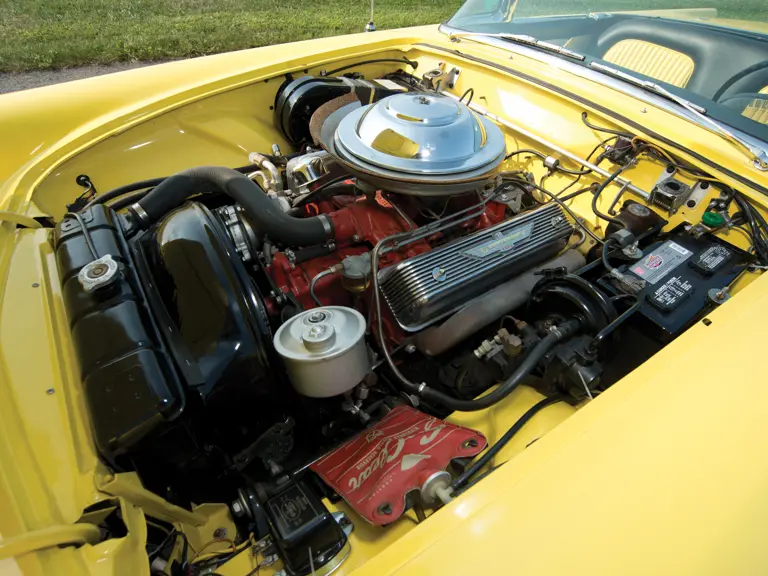
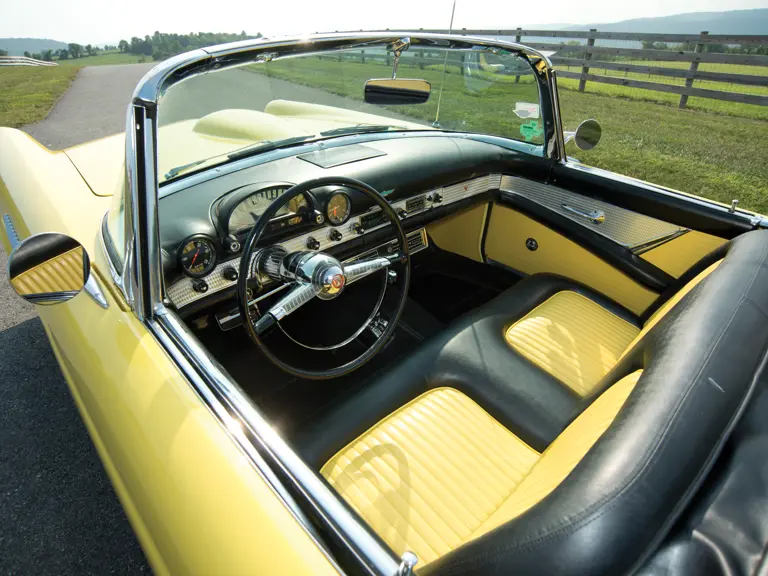
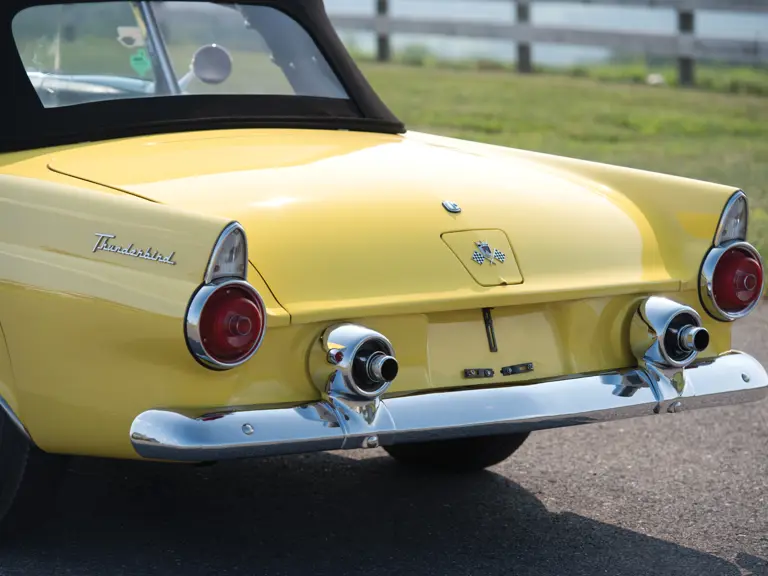
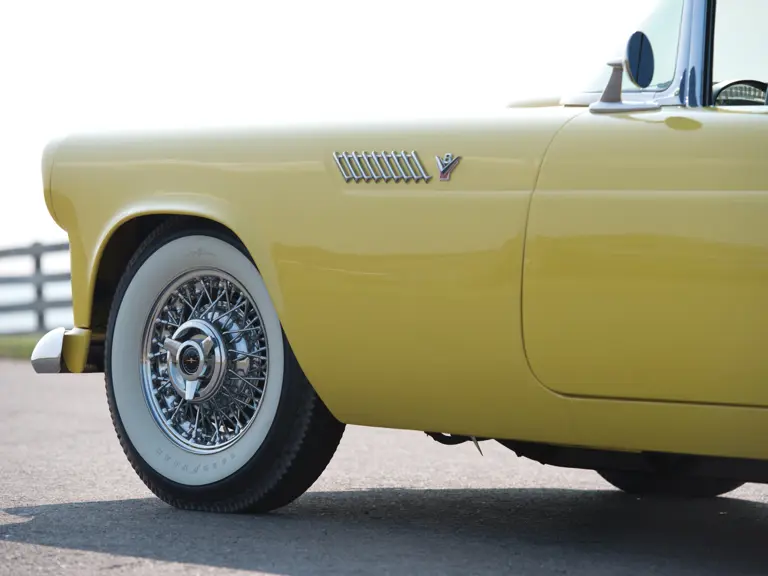

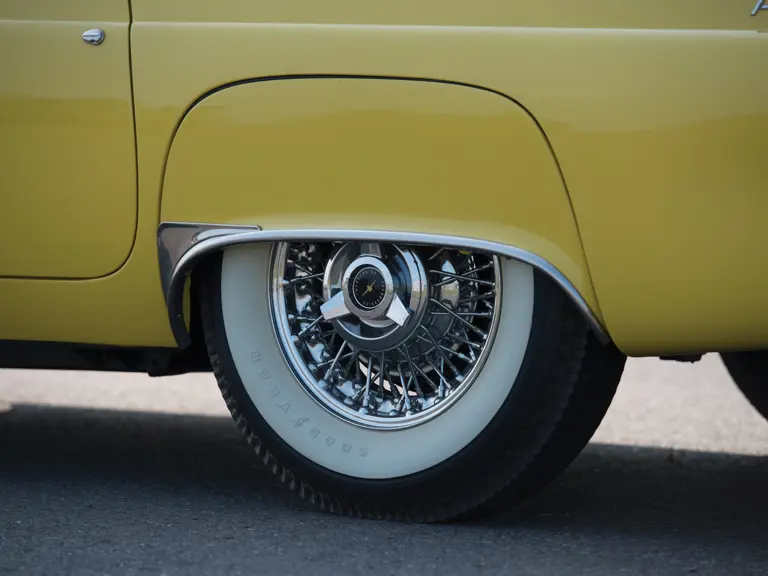


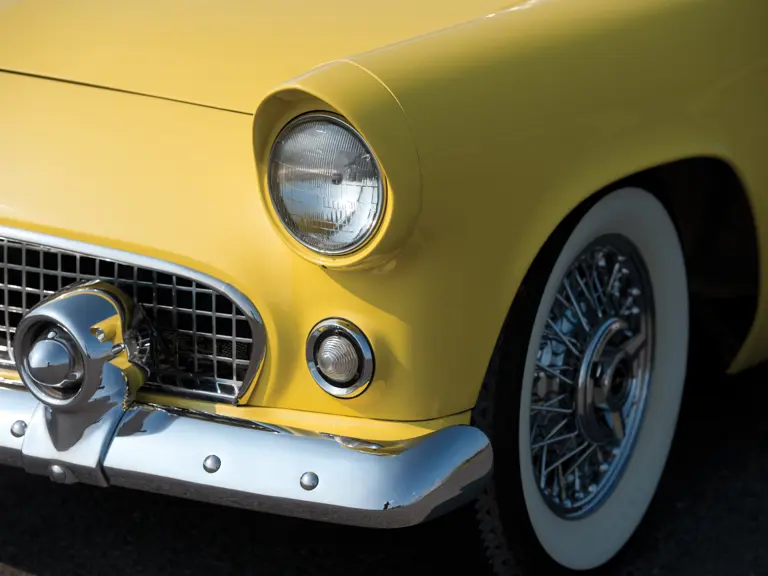
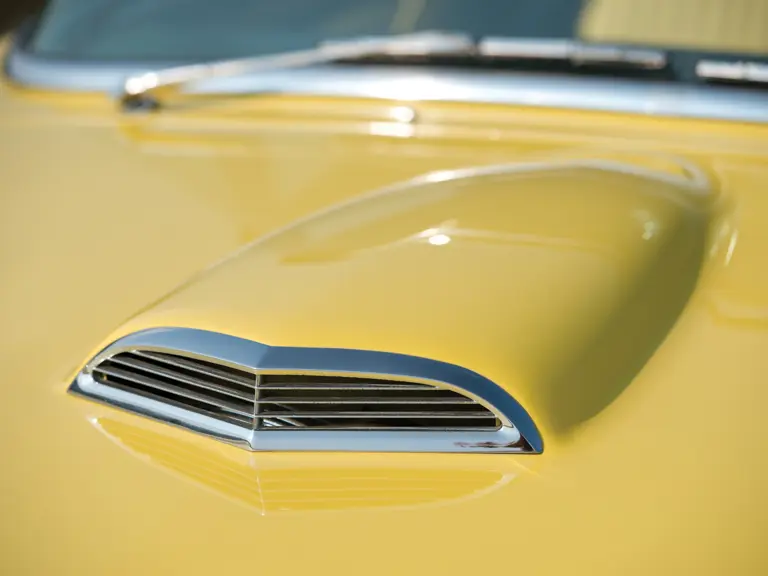
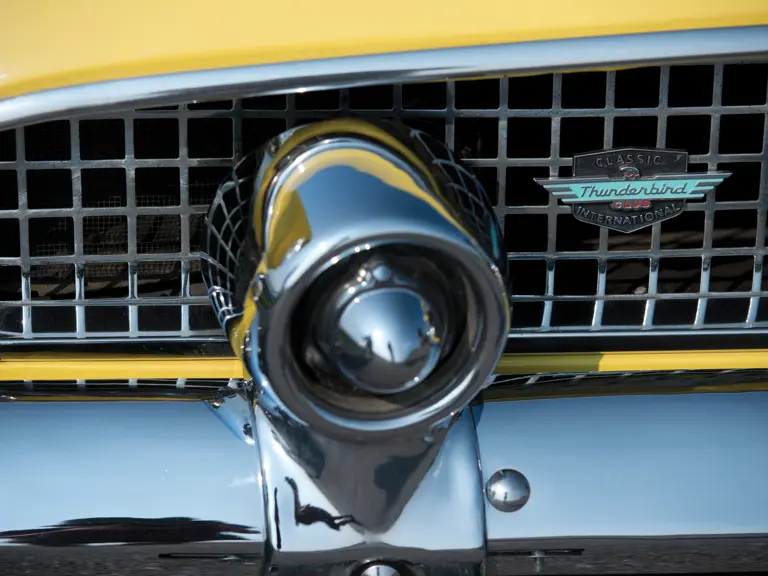

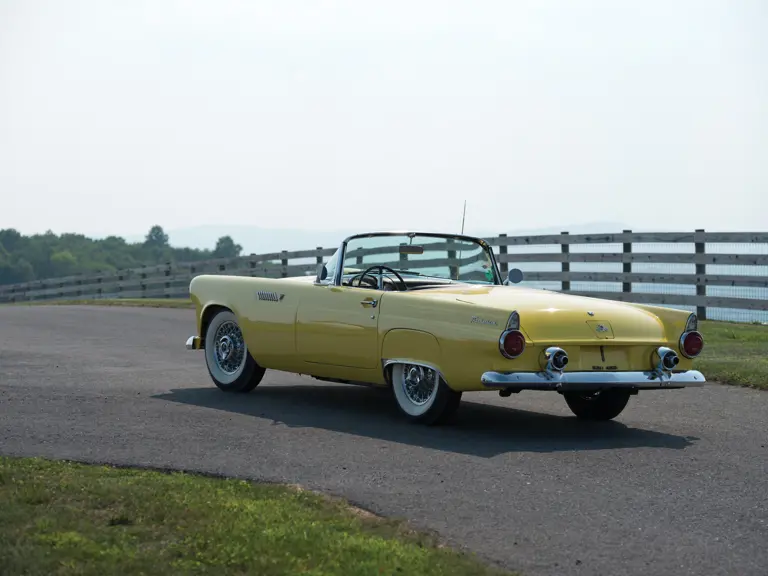
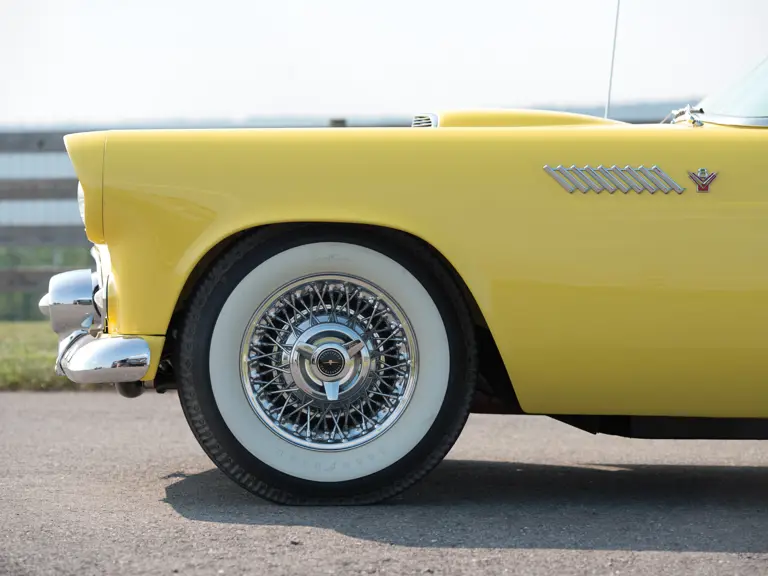
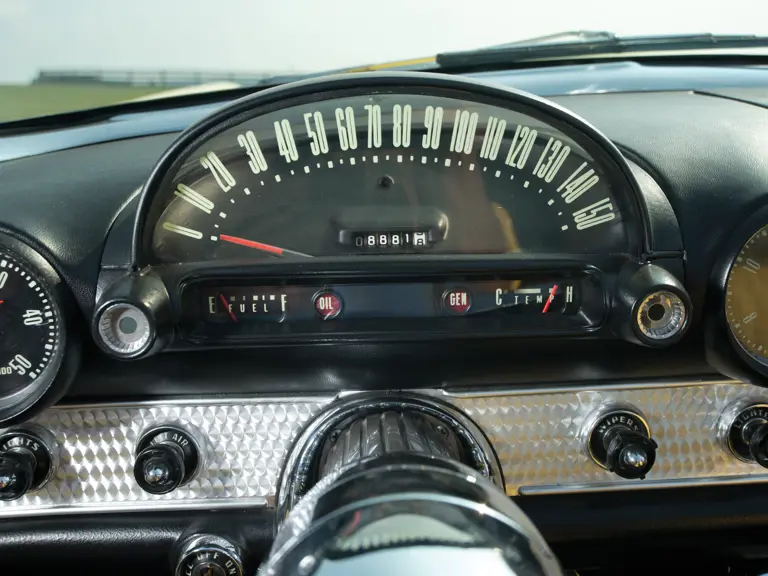
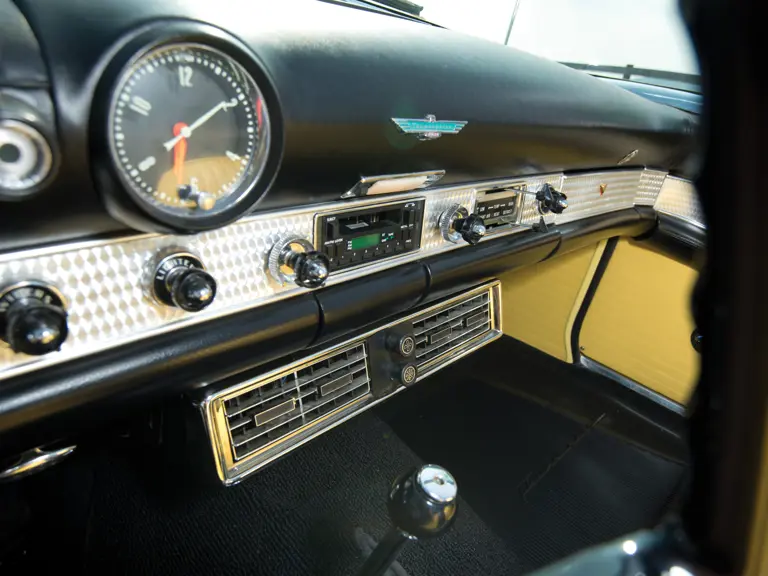
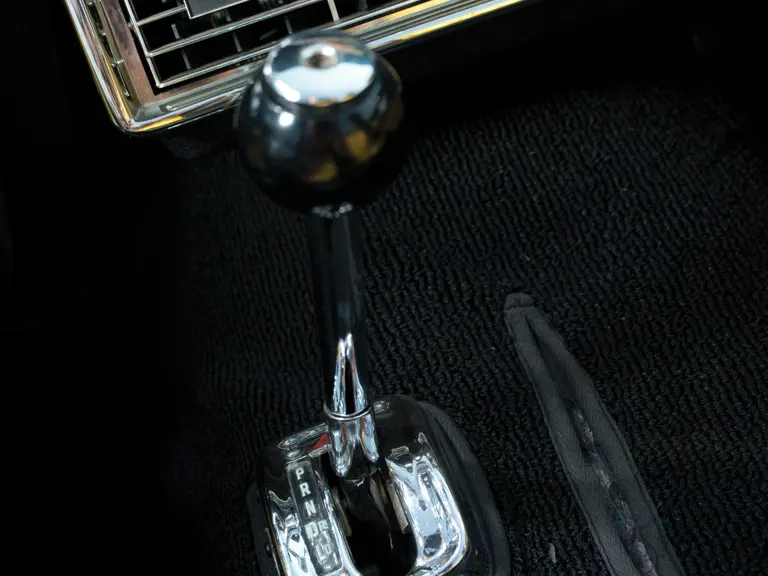
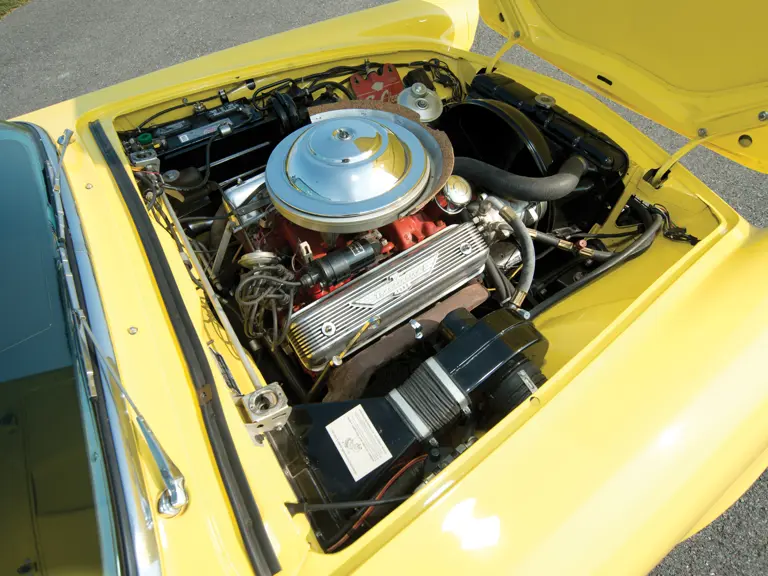
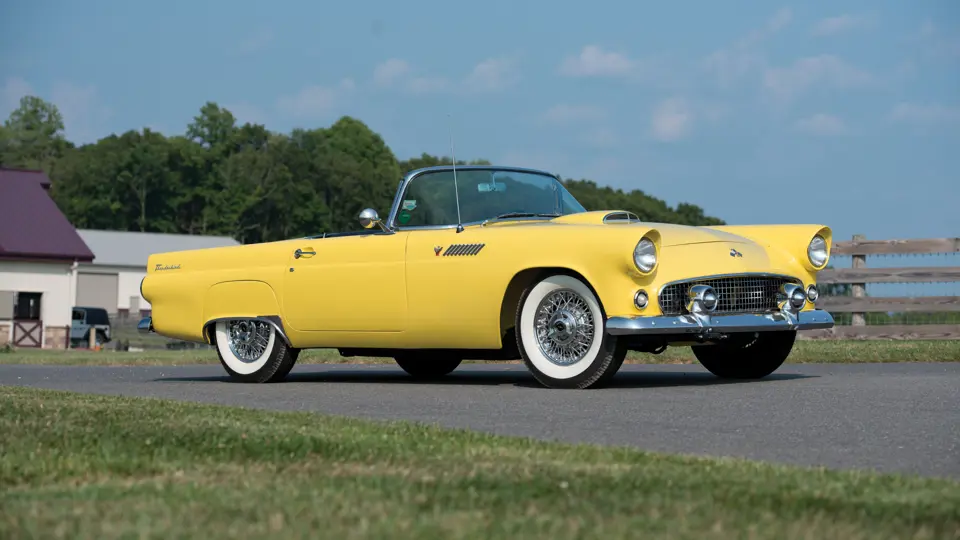
 | Hershey, Pennsylvania
| Hershey, Pennsylvania


